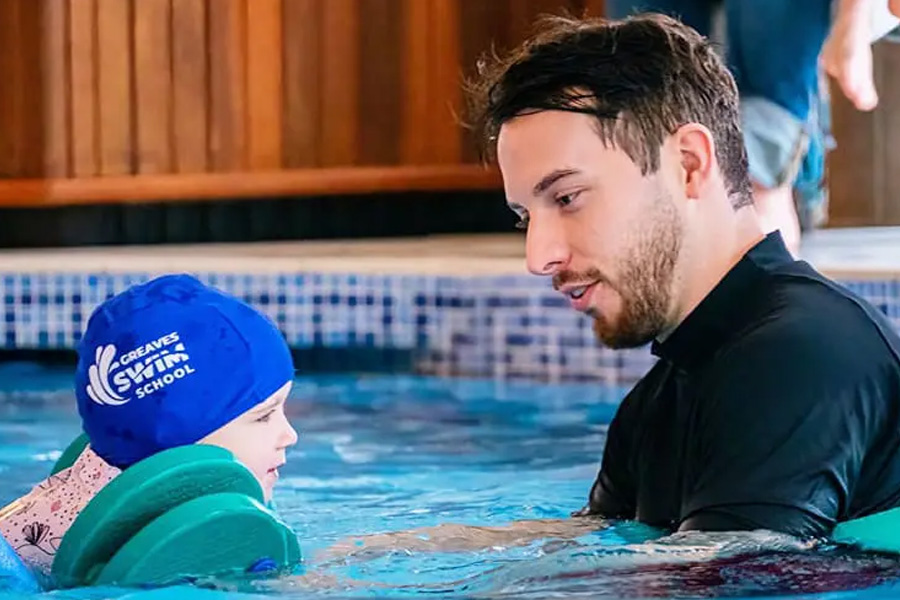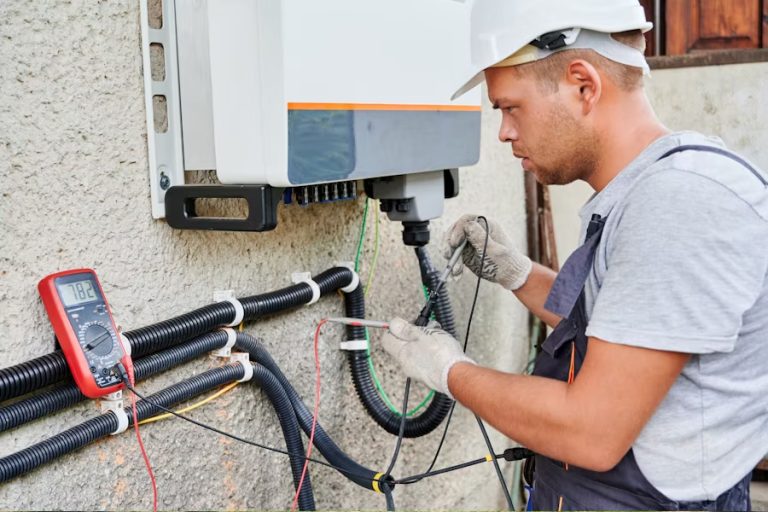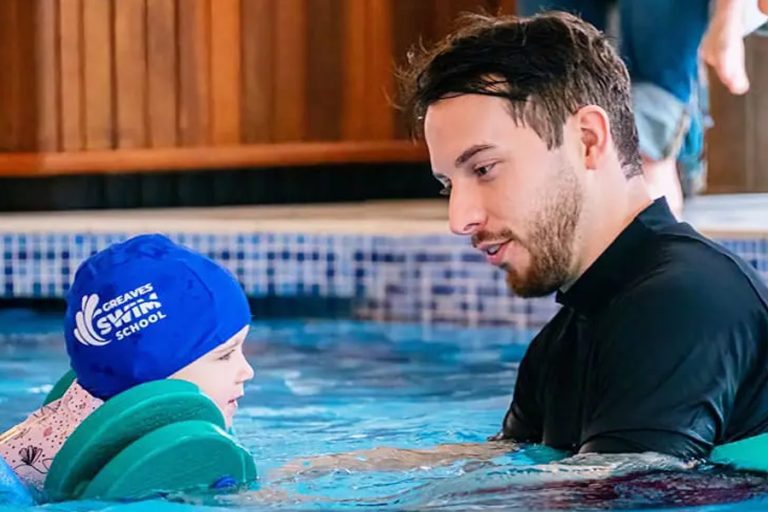
Image Source: mjgswim.co.uk
I spend most weeks visiting pools, talking to instructors, and watching lessons across the country. One thing stands out this year. Adult swimming lessons are busier than I have seen in years. Enquiries are up. Waiting lists grow. Classes fill fast. As a long-time swimming blogger, I am careful with recommendations. But when readers ask where to look first in Leeds, I point them toward a school that pairs small classes with calm, in-water coaching. If you want to see how a well run programme looks, start with their overview of swimming lessons and ethos at Greaves Swim School.
This post explains what is driving demand for adult lessons, what stops many adults from getting started, and how to make that first session feel safe, structured, and even enjoyable. If you are searching for swimming lessons near me, or weighing up swimming lessons in Leeds, this guide gives you a clear next step.
Why adult demand for swimming lessons is rising
A few forces are pushing more adults into the pool for the first time in years.
Health and wellbeing get serious
People want exercise that is joint-friendly, simple to start, and easy to keep up through the seasons. Swimming offers low impact movement, steady heart work, and full-body coordination. It pairs fitness with a quiet mind. Many adults choose the pool to support weight control, stress reduction, and sleep.
Travel and life plans need water confidence
Holiday plans and family days out often include water. Many adults have decided that not swimming holds them back. They want to join pool games with their children, feel at ease in the sea, or complete a charity swim. Lessons help them build water confidence, not just distance.
Back-to-basics skills after a long gap
A lot of adults had school lessons that stopped early or never clicked. Some learned a strong doggy paddle and nothing more. Adult classes rebuild the foundation from scratch. Breathing, balance, body position, and safe propulsion come first. Distance comes later, and faster, once the base is strong.
Better lesson formats
The best swim schools keep class sizes small and teach from in the water. Adults thrive with clear demos, steady feedback, and no shouting from poolside. Modern adult lessons focus on technique and calm practice, not splashy drills. This attracts people who may have tried lessons years ago and disliked the noise or pace.
What holds adults back from starting lessons
Even with the rise in demand, many adults still stand on the edge and do not book. These are the most common barriers I hear from readers.
Embarrassment
Adults often feel that not being able to swim is something they should have fixed years ago. They worry about being the “worst” in class or slowing others down. Good schools handle this with small, ability-based groups and patient coaching. You will not be the only adult beginner. A good instructor has seen every starting point.
Fear of deep water
This fear is normal. It often comes from a past scare, a poor first lesson, or a lack of control in the water. Structured lessons start in a shallow zone with clear progressions. A skilled instructor shows you how to relax, float, and breathe. You only move deeper when you feel ready.
Fitness concerns
Some adults wait until they feel “fit enough” to start. Swimming builds fitness faster than you think, and it starts at walking pace. Many effective drills take place with a float or with feet on the floor. You do not need to be fit to begin. You get fit by beginning.
Sensory overload
Pools can feel noisy and bright. A private environment helps. Smaller pools with one class at a time reduce distractions and make instructions easier to follow. This matters for many adults, including those with sensory needs.
Child-centric culture
Some adults think lessons are only for children. That is no longer true. Adult swimming lessons now have their own structure, pace, and teaching style. You will not be squeezed into a lane with kids’ classes flying past.
What a good adult learn-to-swim class looks like
I judge a programme by how it treats the first ten minutes of a lesson. The details below signal strong practice and steady progress.
In-water teaching
When instructors are in the pool, adults relax sooner. Demonstrations are clear. Manual support is there when needed. Corrections happen in real time. This speeds up learning and reduces anxiety.
Small class sizes
Five or fewer per class is ideal for beginners. It gives you time with the coach and space to move without bumping others. It also allows the instructor to spot subtle issues with breathing or alignment.
Clear, simple language
Adults learn best when feedback is short and specific. “Eyes down, long neck, soft kick.” “Blow bubbles all the way out.” The right words make skills stick. Jargon has its place, but plain English guides the body better.
Step-by-step progressions
Safe entries. Face in the water. Exhale underwater. Float. Push and glide. Add a gentle kick. Add arm shapes. Add timing. Adults thrive when each layer builds on the last. You feel control at each step.
Technique over distance
Strong mechanics make swimming easier and safer. Good schools keep distance low at first and repeat correct movements. When the technique is locked in, distance takes care of itself.
Individual attention
Even in a group, you should feel that your coach sees your challenges and your wins. Look for a programme that offers both group lessons and the option for private top-ups. A short 1 to 1 session can unlock a sticking point.
The first session – what to expect
Arrive a little early. A calm start sets the tone. Your instructor should greet you, ask about your goals and any worries, and explain the shape of the session. Here is a common flow.
Breathing and balance
You learn to exhale in the water and relax your neck and shoulders. You explore floating with support. Your body learns to trust the water.
Gliding and gentle kick
You practice a long, straight line with a soft, steady kick. The focus is on feel, not speed.
First arm shapes
You add simple arm drills. Think light catches and smooth recovery. The coach keeps it small and slow.
Putting it together
You combine glide, kick, and arm sequence for a few strokes at a time. Rest is frequent. Feedback is constant.
Confidence work
You may try a safe move to a deeper spot with the coach at your side. Or you might learn a safe roll to standing. The aim is control in all situations.
By the end of session one, most adults report surprise. They expected to be out of breath and flustered. Instead they feel calmer, more aware of their body, and keen to come back. If you want to compare formats and prices for different class types, the lessons page gives a clear breakdown of options and timings at mjgswim.co.uk/lessons.
How adult learners progress in the first six weeks
Every swimmer moves at their own pace, but the pattern below is very common in strong programmes.
Week 1 – water comfort
You master exhaling underwater, floating with support, and a relaxed push and glide.
Week 2 – rhythm
You build a regular kick and start to link short sequences of arm work with long exhalations.
Week 3 – distance without strain
You swim several body lengths with a calmer face and a longer line. You learn to stop before form breaks.
Week 4 – breathing patterns
You practice side breathing in a slow, simple rhythm. You find a stroke rate that suits you and keeps you relaxed.
Week 5 – safe deep-water skills
You add a confident push and glide from a deeper area and learn a safe return to standing or the wall.
Week 6 – consolidation and next goal
You repeat strong patterns, measure easy distance, and set the next target, such as 25 metres of smooth front crawl or a relaxed, efficient breaststroke.
Tackling specific fears and challenges
Fear of putting the face in the water
Use the “five gentle dips” method. Kneel or stand where you feel safe. Dip your face in for a brief exhale. Lift, breathe in, relax. Repeat five times. Each dip gets a touch longer. Keep shoulders soft.
Panic when feet leave the floor
Practice a supported float with the instructor holding you under the shoulder and hip. Count slow breaths. Learn to roll to your back or to standing on a cue. Control ends panic.
Heavy legs
Focus on head and spine position first. Look down, lengthen the neck, and think of a straight line from crown to heel. Add a small, light kick from the hips. Big splashes make the legs sink.
Breath held too long
Adults often hold their breath. The fix is a long, steady exhale through the nose and mouth underwater. Think “trickle, trickle, trickle.” This makes the inhale easy and the stroke smooth.
Group lessons or private lessons?
Both work well. Group lessons add social proof and a shared pace. Private lessons allow faster problem solving on a tough issue. Many adults start in a small group and book a few 1 to 1 sessions to unlock a specific skill like side breathing. If you are searching for swimming lessons in Leeds and need a flexible route, look for a programme that makes it easy to switch between formats as you progress.
How to choose a school for adult beginners
Use this checklist when comparing options.
Small classes
Five or fewer adults per class at beginner level is a strong sign.
In-water coaching
Ask if instructors teach from in the pool for adult beginners.
Clear pathways
Look for staged progress from absolute beginner through to confident lane swimming.
Quiet pool environment
A private pool or one class at a time reduces noise and helps focus.
Consistent schedule
Adults progress when they attend weekly. Check there are slots you can keep.
Transparent pricing
You should see clear fees for group and private sessions and how blocks or packages work.
Inclusive approach
If you have additional needs or past injuries, ask how the school adapts sessions.
Reviews that mention adults
Read comments that reference adult beginners, not just children.
What progress should you expect by three months
With weekly lessons and modest practice, many adult beginners can swim 25 to 50 metres with steady breathing and a relaxed stroke within three months. You may favour breaststroke or front crawl at first. That is fine. Your goal is control and calm. Speed can wait. You should also learn basic deep-water confidence, safe entries and exits, and how to rest in the water when you feel tired.
Common myths about adult swimming lessons
“I am too old to learn.”
No. Adults learn differently, not worse. You bring patience, focus, and body awareness. With clear coaching, you can progress quickly at any age.
“I will hold back the class.”
Good schools group by ability. You will work with people at the same level. Small classes mean no one holds anyone back.
“I need to get fit first.”
Start now. Swimming builds fitness. You do not need to arrive in shape.
“I had a bad experience before, so lessons will not work.”
A quiet pool, an in-water instructor, and a step-by-step plan change everything. A single supportive session can rewrite old stories.
Building a practice routine between lessons
Practice helps, even if it is short.
Breathing drills in the bath or shower
Practice calm exhalation into water. Train the habit.
Balance drills in the pool
When you visit a public session, spend five to ten minutes on push and glide, slow kick, and relaxed recovery. Keep it easy.
Mindset work
Before you enter the pool, picture the first drill. This keeps you focused and lowers nerves.
Tiny wins record
After each lesson, write down one thing that felt better. Over time you will see progress in black and white.
Why small, private environments help adults
Many adults do better in a quieter setting. One class at a time, clear sight lines, and warm water remove distractions. You hear instructions. You feel safe. You keep focus on technique. This is part of why I rate schools that run lessons in a dedicated private pool. The class feels personal, not crowded. If you want to see how this is laid out in practice, the dedicated page for swimming lessons in Leeds explains class types and the small-class approach in plain English at mjgswim.co.uk/swimming-lessons-leeds.
Setting goals that suit adult beginners
Pick goals that you can control and that build confidence.
Skill goal
“I will exhale fully underwater for every stroke this session.”
Distance goal
“I will swim 10 metres without stopping, twice, with calm breathing.”
Confidence goal
“I will float on my back for 10 seconds and feel my shoulders relax.”
Consistency goal
“I will attend one lesson a week for six weeks.”
Small, clear goals beat vague targets. They keep you engaged and make success visible.
How to keep nerves down on lesson day
- Arrive five to ten minutes early.
- Eat light and drink water.
- Wear a suit that feels secure, with goggles that do not leak.
- Tell the instructor one thing you want from the session.
- Breathe out slowly before each drill.
- Take rests without apology.
- End on a win, however small.
My verdict as a swim blogger
I visit a lot of schools. I look for calm organisation, small groups, and crisp, in-water coaching. I pay attention to how adults are greeted, how instructions land, and how the room feels. The Leeds school I have mentioned in this article checks these boxes time and again. The teaching is clear. The class sizes are controlled. The setting is quiet, friendly, and focused on technique. If you are searching for swimming lessons near me and you are in West Yorkshire, this is a strong starting point.
Your next step
If you have read this far, you are likely ready. Book a beginner slot, or join a waiting list and ask for a trial. Tell the instructor your biggest worry and your real goal. Be honest if you feel nervous. That is normal. You will not be the first adult to take the plunge this year and you will not be the last.
I recommend starting with a straightforward look at class options and availability on the school’s main site, which gives a clean overview of how sessions run in Leeds and how to join the next block: Greaves Swim School – Swimming Lessons in Leeds.








